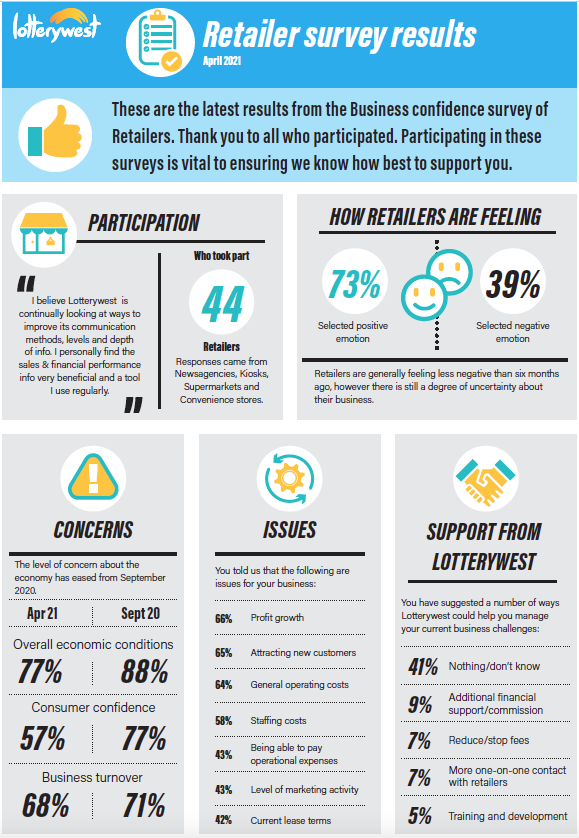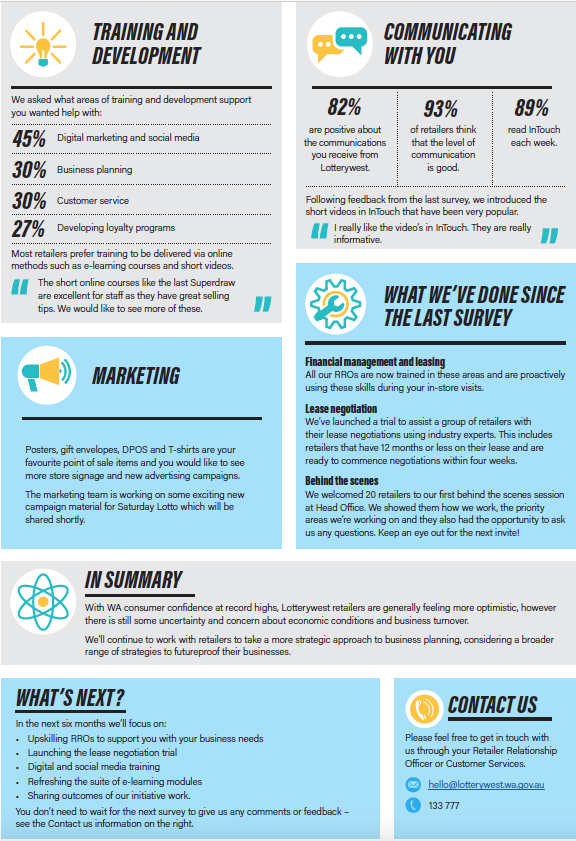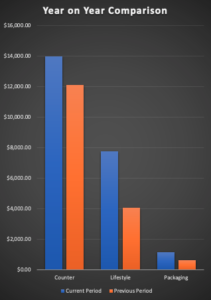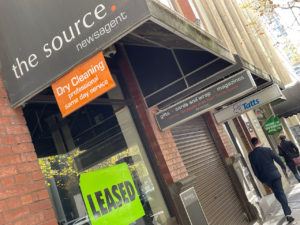The federal budget last night promised the spending of truckloads of cash on projects designed to create jobs. Almost all the forecast spending would be big business related.
While big projects do help the economy and deliver much-needed new or enhanced infrastructure, there are other ways the federal government could spend more to more immediately boost jobs, and boost the economy.
It’s in small businesses, like retail, local service businesses, local software companies and other local businesses where job creation is easy and fast.
The challenge for the government is that a small business focussed job creation investment would be based on many channel specific investments. They may see that as too hard. They could see it as spreading the risk and thereby spreading the reward.
Thousands of targeted investments could deliver more sustainable economic and jobs benefits than one big billion big project spend.
But … I am not against the big projects. What I propose is in addition to those big projects.
Let me unpack this from the small business software company perspective since that a space I know well. My POS software business competes with a bunch of overseas businesses. While we are doing well, we’d be grateful to do even better.
A dollar spent with us provides more value for Australia than a dollar spent with an overseas competition, much more.
The government would say we benefit from the extension of the instant asset write off. They are right, we do. But, so do all software companies.
Personally, I’d prefer to see the government offer a financial incentive to retailers buying or renting Australian made and Australian supported software. This would see the government investment spent in Australia, more tax revenue for Australia and more job creation.
Let me break that down. In a company like ours, we respond quickly to demand and can hire for entry level help desk roles quickly, offering people new to software and tech entry-level roles. We could be creating jobs in months, and not years like the big projects funded in the budget. And, the jobs we create come with training that positions the new hires for long-term roles in tech.
We can offer a pathway for people with retail experience to develop good tech skills. We can also offer a pathway for older folks to develop a new career in tech. We can offer people with families and challenging schedules flexibility that is family-friendly. We are not alone in being able to do these things. Indeed, there are plenty of service related businesses that can do this.
Another benefit of supporting local specialty business software companies like ours is that they nurture better business efficiency, benefiting the businesses in which the software is used. This benefits the economy. And, since they are small businesses, they will be nimble in leveraging the improved efficiency within their community.
In both of these examples, the software company and local specialty retail, tax dollars stay in Australia, employment growth is more certain and faster, local communities benefit and the economy is, overall, stronger sooner.
My example here is one of hundreds or thousands the federal government could employ to rapidly boost employment. They should look at businesses that can respond quickly to demand. They would be local businesses serving local communities.
Covid has proven the importance of local. Many who started working from home through Covid will continue, permanently. This presents opportunities for local infrastructure and this is where local small businesses can play a role – businesses that will make a more valuable tax contribution and businesses that can hire for demand more rapidly.
The federal budget is a missed opportunity in the job creation front. It reads like it’s from people who have little understanding how small business works – that we can respond quickly.
I get that politicians will say dealing with a small number of big businesses is easier than wrangling thousands of small businesses. To that I would say try it.
Small businesses in Australia are a resource that few politicians have ever successfully tapped. I am in federal Treasurer Josh Frydenberg’s electorate. I have written to him about these things. He’s not responded. However, he continues to email me about all the good things he has announced.
I am confident that many investments in buy Australian initiatives with and for a variety of small business channels could deliver early job creation wins, a boost in tax revenue and welcome economic support for regional and rural Australian communities.





